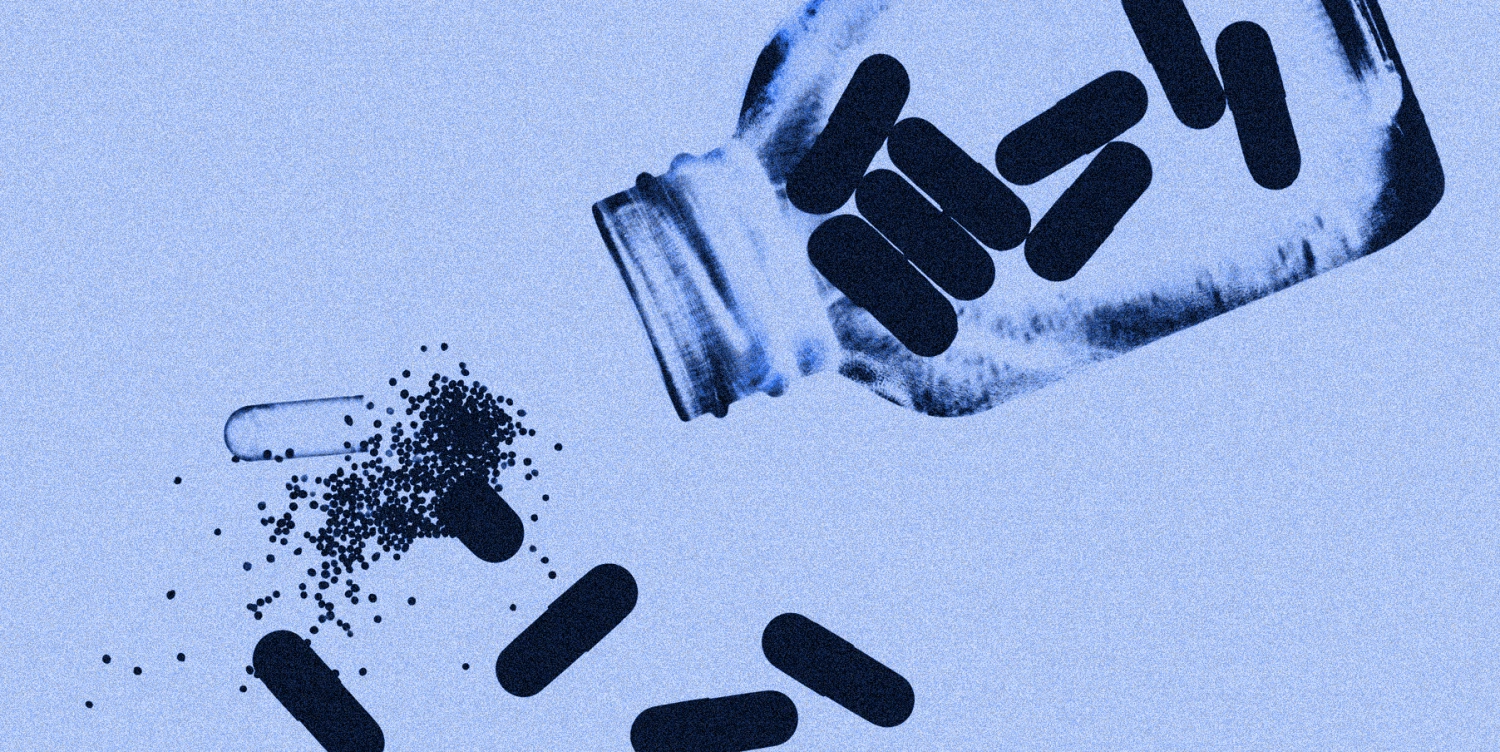ADHD, a complex neurodevelopmental disorder, affects 7.2% of the global population and 6.2% of China’s population.

Chinese researchers examined the effects of the ADHD drug methylphenidate (MPH) and atomoxetine (ATX) on the Drosophila melanogaster brain at the single-cell level in a ground-breaking work that was published in Molecular Psychiatry.
The investigation reveals unique transcriptional alterations that provide insight into the responses of glial and neuronal cells to various medications. A list of target candidate genes is also provided by the research, providing possible directions for medication repurposing in next ADHD therapies.
ADHD, a complex neurodevelopmental disorder, affects 7.2% of the global population and 6.2% of China’s population. The study focuses on two commonly used drugs for ADHD treatment: methylphenidate and atomoxetine. These drugs primarily regulate inter-synaptic neurotransmitter levels to manage ADHD symptoms and cognitive dysfunction.
Drosophila Model for Drug Response Analysis:
Given the challenges of accessing human brain samples, the researchers leveraged Drosophila melanogaster (fruit fly) as a model organism. Drosophila offers evolutionary conserved genes, a central nervous system, and diverse cell types, making it an ideal model for studying drug responses. The study aimed to analyze Drosophila behavior and gene expression at the single-cell level in response to methylphenidate and atomoxetine.
Behavioral Analysis and Drug Treatment:
The research involved treating male Drosophila flies with optimized doses of atomoxetine (1.5 mg/ml) or methylphenidate (0.25 mg/ml) for 24 hours, alongside a control group receiving a sucrose and yeast solution. Video recordings of fly locomotory activity revealed increased hyperactivity-like behavior in response to both drugs compared to the control. The flies exhibited significantly greater travel distances post-exposure.
Single-Cell RNA Sequencing (scRNA-SEQ) Analysis:
Following behavioral analysis, researchers dissected flies exhibiting increased locomotory activity after drug treatment. Samples from Drosophila brains were isolated for single-cell RNA sequencing. The scRNA-SEQ libraries were prepared and analyzed using various bioinformatics tools to identify cell types, marker genes, and differential gene expression.
Key Findings and Implications:
Distinct Drug Responses:
The study identified 28 gene clusters, distinguishing between glial cells and neurons. Dopaminergic neurons were targeted for drug-related analysis, revealing 694 differentially expressed genes (DEGs) for methylphenidate and 248 for atomoxetine across all clusters.
Pathway Analysis:
Top 20 pathways associated with the DEGs were identified, highlighting neurotransmitter regulation as a key factor in ADHD. Shared genes between methylphenidate and atomoxetine groups (230 genes) were primarily related to neurotransmitter regulation pathways.
Cell-Type Specific Responses:
Methylphenidate induced a broader range of cell-type responses compared to atomoxetine. GABAergic and monoaminergic neurons were significantly affected by both drugs, emphasizing the importance of precise treatment for ADHD.
Glial Cell Involvement:
Four glial subtypes with diverse functions were identified. Ensheathing and astrocyte-like glial cells played a significant role in drug response and associated pathways.
Candidate ADHD Genes:
The study established a link between candidate ADHD genes, FDA-approved ADHD drug targets, and their homologs in Drosophila. This approach enhances the likelihood of drug approval based on genetic evidence.
ADHD Drug Repurposing Web Tool:
To facilitate information retrieval, the researchers developed ADHDrug (http://adhdrug.cibr.ac.cn/), a web tool that provides comprehensive drug and target information supported by drug enrichment analysis.
Conclusion and Future Directions:
While the study’s findings cannot be directly applied clinically, they present a rapid and cost-effective pipeline for repurposing drugs for ADHD. By identifying potential targets and compiling a candidate list, the research opens avenues for future therapeutic interventions for ADHD.
Future studies incorporating disease models for ADHD, considering gender-based and developmental effects, could further enhance our understanding of drug targets and contribute to the development of effective ADHD therapies.
This research not only contributes to the evolving landscape of ADHD treatment but also underscores the importance of model organisms like Drosophila in advancing our knowledge of drug responses and potential applications in neurological disorders.